This is Part 1 of a two-part series.
Ryan Perez thought he'd timed things perfectly. He had taken classes in solar engineering, worked an apprenticeship and was set to graduate just as the solar industry was growing across Imperial County.
“That was the big boom, that was what everybody wanted to get into,” Perez said. “I felt like I had a bright future in it at the time.”
It was around 2010, and Perez was studying at community college in El Centro. He had tried majoring in art, hoping to launch a career in film. When that didn’t go as planned, he started looking for other options. That’s when he started hearing about the excitement surrounding solar energy.
But when graduation came, the promised jobs weren’t there.
Perez said he and his fellow students slowly realized that most of the work around solar had come in the form of temporary construction jobs and that companies only needed a handful of workers to do the kind of the longer-term technical work that they had been training for.
“Once those jobs and positions were secured at the solar plants, that was it,” he said.
With few other full-time options, Perez found a job in agriculture setting up sprinkler lines in the fields.
Perez’s experience was part of a longstanding pattern in the Imperial Valley, which encompasses the county and its surrounding area. Renewable energy industries have come, chasing the region’s abundant sunlight, wind and underground heat. Each has pledged to bring new jobs and transformational growth.
That’s mattered a lot in this county, where joblessness is widespread and more than 20% of the population lives below the poverty line. But most of those sweeping promises have fizzled out.
Now, the Imperial Valley is on the cusp of a new energy boom. Companies are racing to drill deep below the Salton Sea and tap into vast reserves of lithium, a key mineral in the batteries that power electric cars and other technology. State and local leaders envision a future where the region is a global hub for the energy transition.
But many residents still remember those past promises that never materialized. And they wonder whether things will really be different this time.
“A lot of promises were made,” said historian Benny Andrés, a longtime Imperial Valley resident and a professor of history at the University of North Carolina, Charlotte. “But they were not true. They didn't come to fruition.”
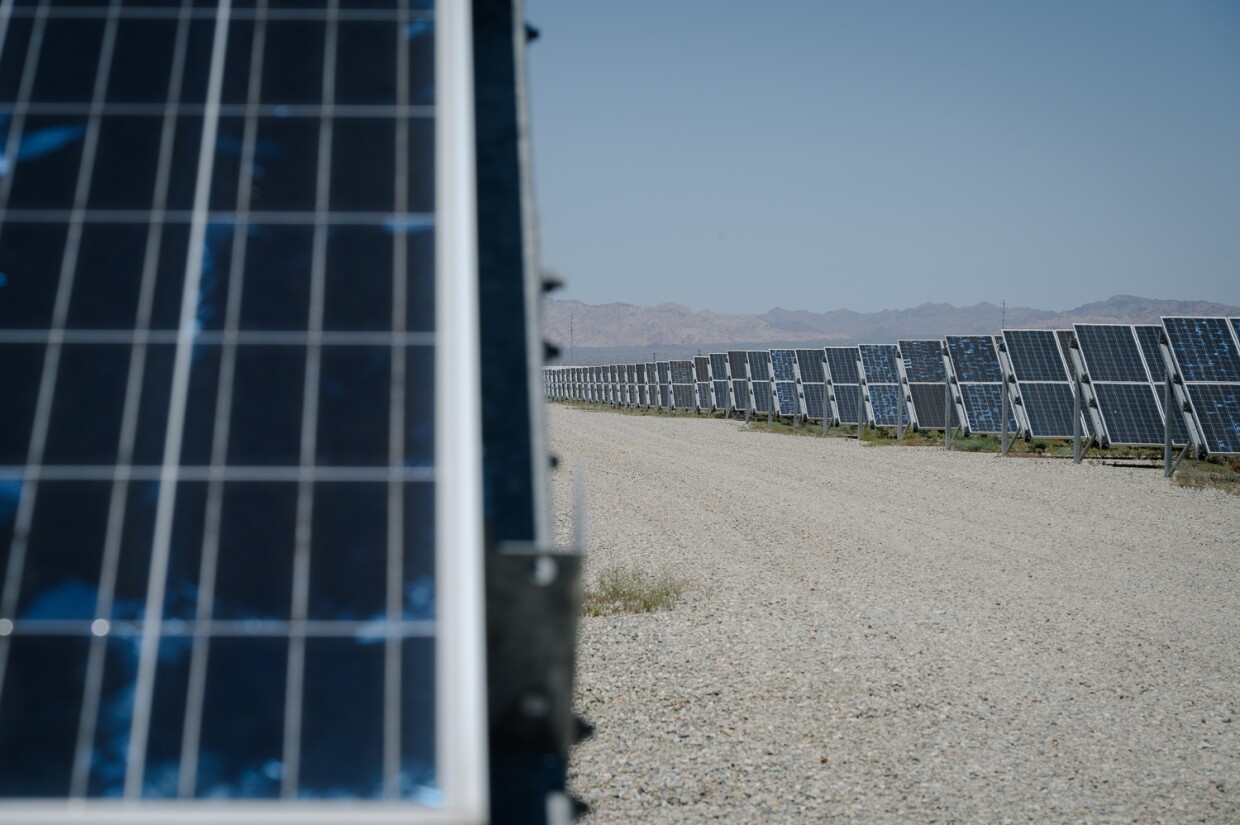

For a long time, it’s been hard to find work in the county.
It's a mostly rural, agricultural area, where 4 out of 5 residents identify as Latino. It consistently ranked among the poorest counties in the state. In March, the local unemployment rate was just over 16%, nearly three times the statewide rate.
Those imbalances stem largely from the fact that most of the land and wealth is held by a small group of people connected to farming. That’s according to Andrés, who grew up at the north end of the county and wrote the book ‘Power and Control in the Imperial Valley.’
“It's a system where poverty is endemic because the profits, the wealth, are so skewedly distributed,” Andrés said.
Many residents also deal with high rates of asthma and other health issues because of heavy air pollution. Much of those pollutants come from cropland burning, diesel fumes and the drying of the Salton Sea, which is releasing pesticide and heavy metal-laden dust.
For decades, renewable energy has appeared to be a way out of some of these entrenched problems.
The valley has an abundance of sunlight, winds and belowground reserves of geothermal heat — enough to be capable of producing upwards of 20,000 megawatts, according to some estimates. One megawatt of capacity will produce enough energy to power roughly a couple hundred homes for a year.
Over the last 40 years, several industries have hyped those resources and vowed to bring jobs and growth to the region.
The geothermal industry was one of the first to expand in the 1980s. Geothermal power works by pumping hot brine or steam from deep underground to spin a turbine, producing electricity.
The technology had already existed around geysers in Northern California. But the U.S. Department of Energy was hopeful that the Imperial Valley could be a new source of reliable geothermal power. Federal officials had plans to develop 7,000 megawatts of geothermal capacity, according to a study by U.S. Department of Energy researchers.
Local leaders strongly supported geothermal development, the study found. The plants would offer new revenue streams for landowners without competing with existing agriculture or the future growth of farmland.
Geothermal was also poised to offer a new source of long-term jobs. A 50-megawatt plant needs anywhere between 600 to 900 workers to keep it running, according to the Geothermal Energy Association.
But the industry soon ran into hurdles.
For one, the brine they were pumping out of the ground near the Salton Sea was much hotter than geothermal companies were used to. With the technology at the time, it was also a challenge to accurately position the plants in the right place to tap into those geothermal pockets.
That made it harder to justify the exorbitant cost of building out the plants and the powerful transmission lines needed to deliver the electricity they would churn out.
“That (was) the challenge,” said Paul Rodriguez, deputy energy manager at the Imperial Irrigation District, or IID. “It's the upfront cost of setting up the whole process, setting up the transmission, the infrastructure to be able to deliver the power.”
Development of new plants slowed. On Tuesday, the geothermal industry in Imperial County is capable of producing at most fewer than 500 megawatts. The newest plant, Rodriguez said, is already more than 15 years old.
The jobs available at those plants remain in high demand because of the pay and benefits. But there are far fewer of those careers today than many had hoped. It took years for Perez to land a full-time job at a geothermal plant. And he said he feels like he got lucky.
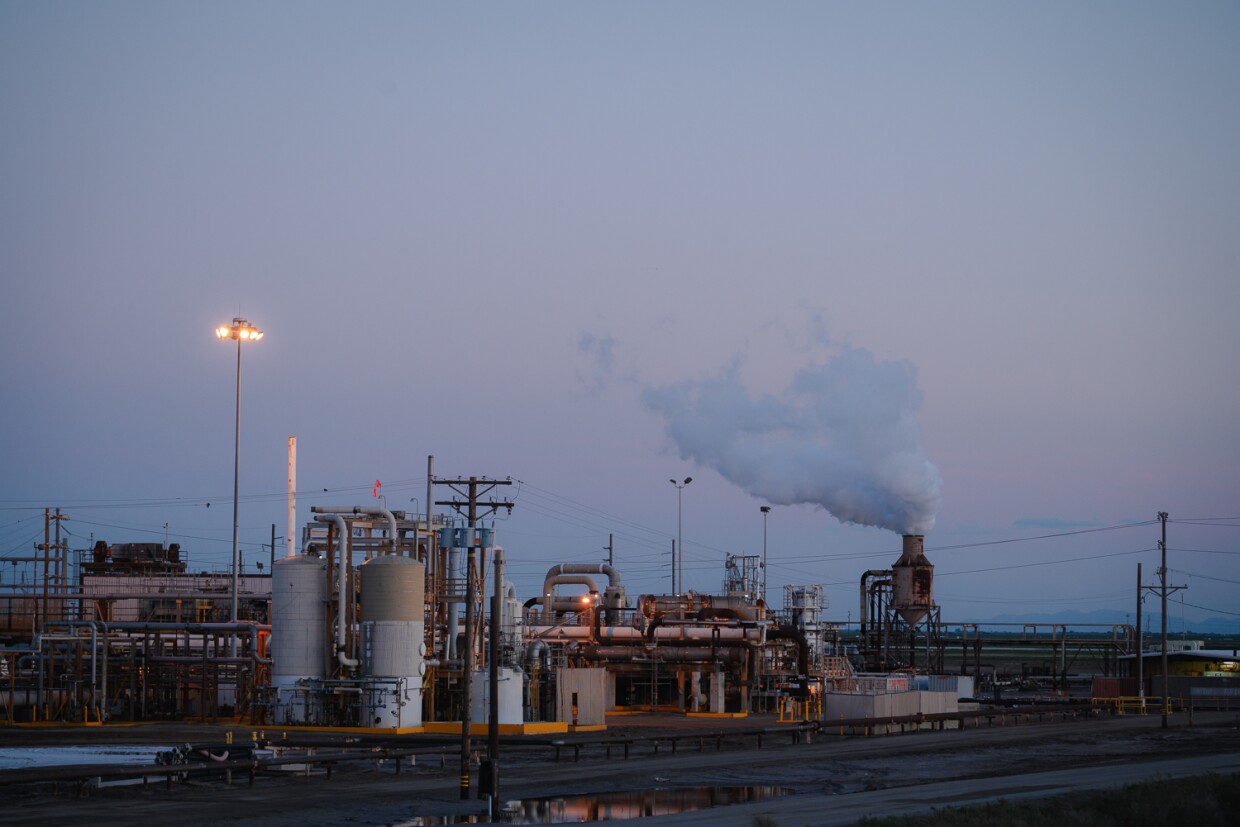
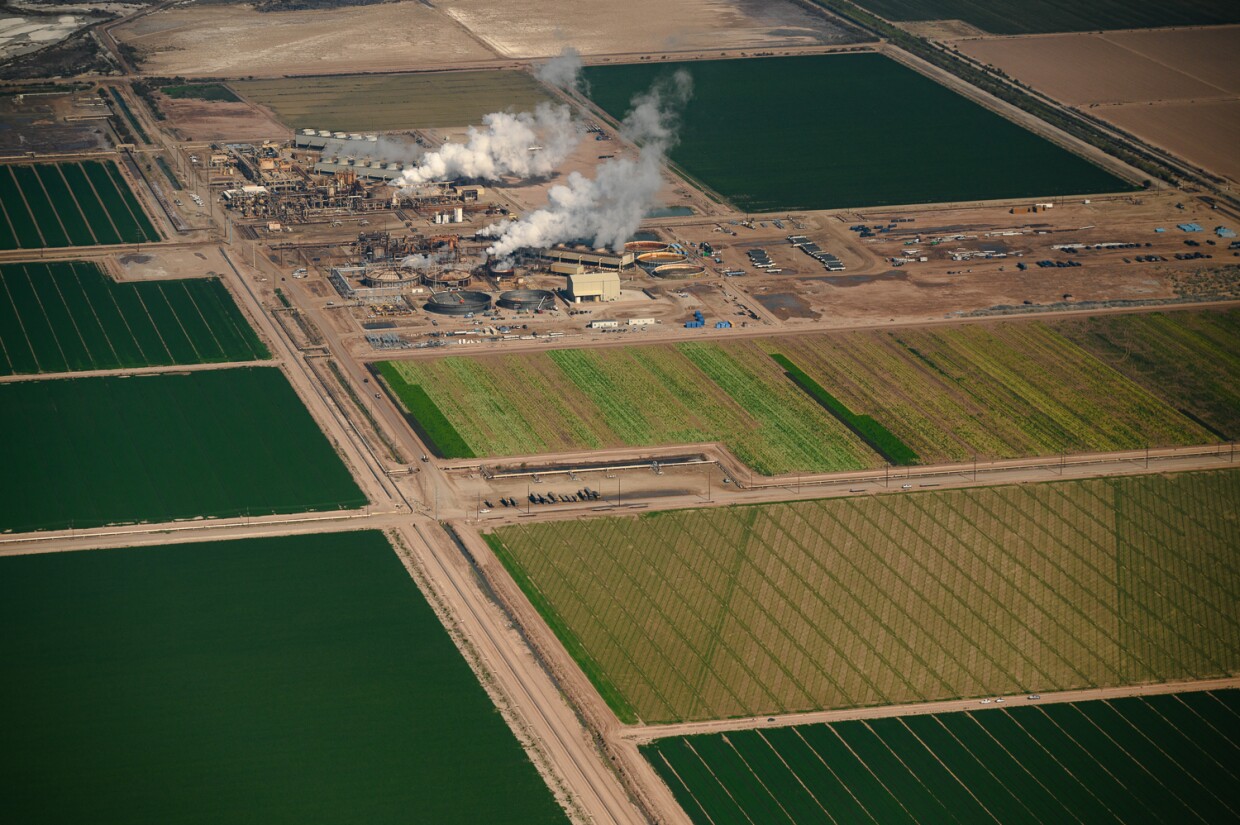
As the geothermal industry continued to falter, the region’s solar industry was growing exponentially.
In 2006, California passed a landmark climate law, supercharging the development of renewable energy sources. At that time, Imperial County’s main power utility didn’t have any solar connected to its grid.
A decade later, the county had approved enough solar fields to cover almost 20,000 acres and produce up to 2,600 megawatts of electricity.
Once again, many in the county were hopeful about the arrival of a new industry. Community organizers went on TV to talk about the promises of a “sun-drenched county.” Imperial Valley College launched courses in solar technology and the local electrical workers’ union built a new training center.
“Our board has declared its intention to make this the renewable-energy capital of the world,” a top county official told the San Diego Reader in 2010.
But it turned out that those jobs were short-lived. In many cases, construction workers were brought in from outside the Imperial Valley to work on the solar plants. And once the plants were built, they needed far fewer workers to actually maintain them.
The technology also came under fire from farmers and county leaders for taking over agricultural land. That was where the vast majority of those initial solar projects were rolling out, largely because it was profitable for farmers to rent out their fields to solar companies.
Much of that land, though, was rich soil that would have been used to grow vegetables — crops that needed to be picked by hand. Many residents argued that solar was depriving agricultural workers of work and taking more jobs away than it was creating.
“You had … very good fields, vegetable fields that had been in operation for almost 100 years,” said Andrés, the historian. “They were just very productive and a lot of wages — and they are now covered, as we speak, in solar farms.”
The debate split the county board of supervisors, which eventually moved to change the county’s general plan and narrow the places where solar projects could be built.
Since then, developers have continued to build out solar projects, but at a much slower pace, according to the county. The region’s solar farms now produce more than 2,300 megawatts of energy.
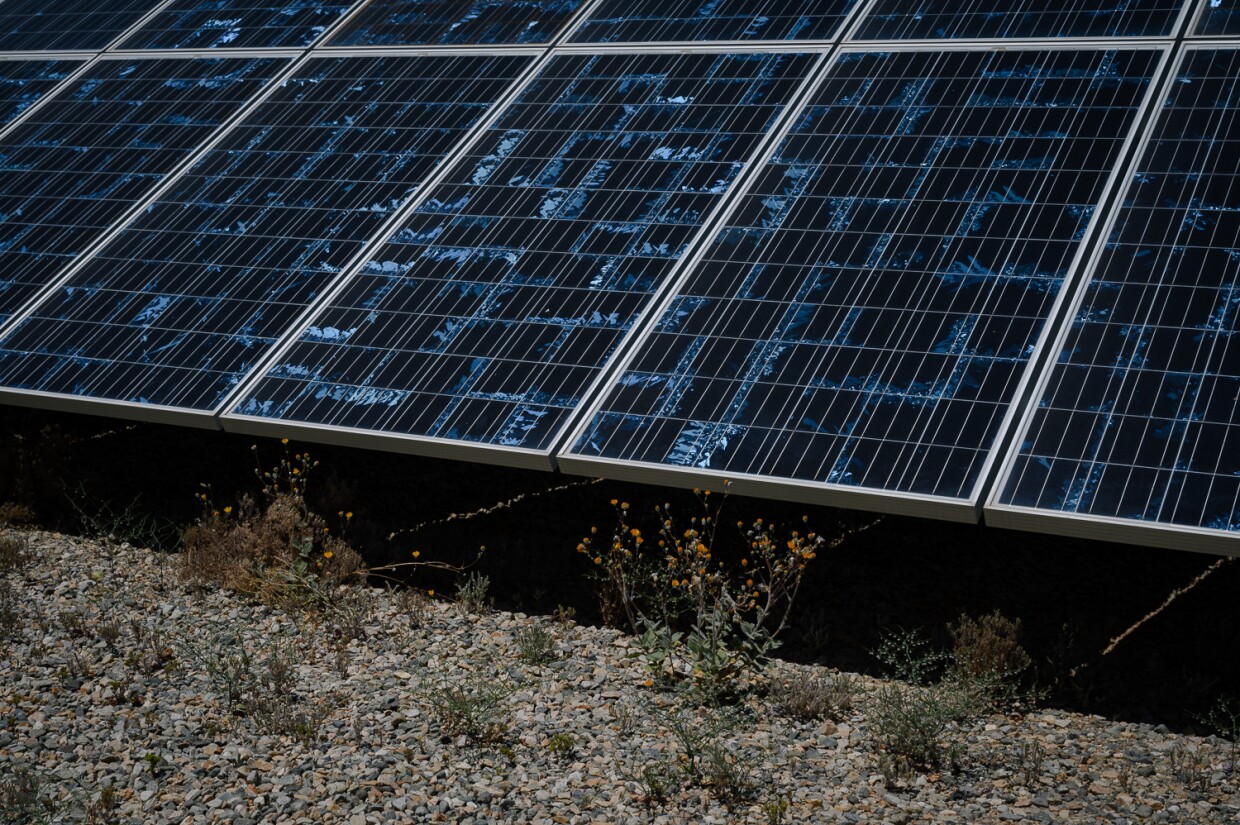
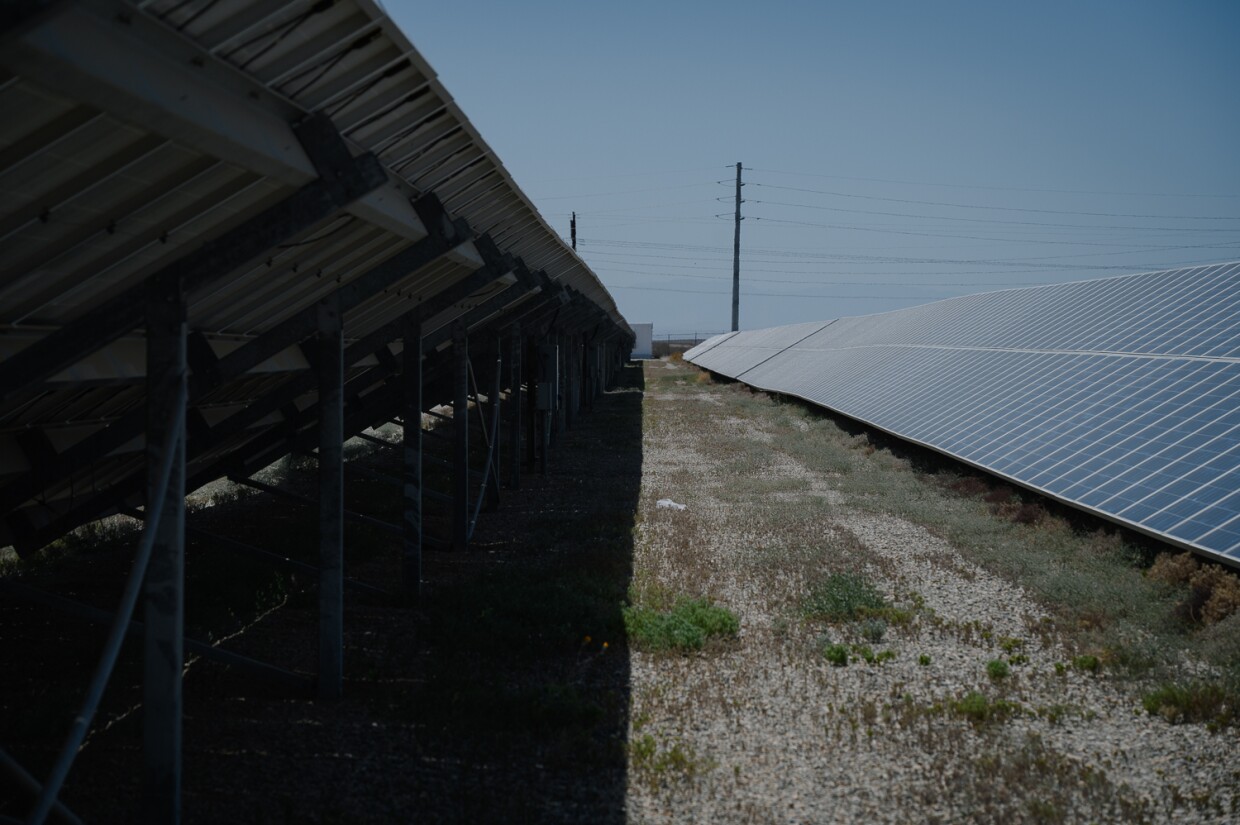
Now, another renewable energy industry is preparing to touch down in the region. This time, the promises are even bigger. Some local and state officials are calling the region “Lithium Valley,” a reference to the tech industry’s Silicon Valley in Northern California.
“We’re building a hub for global innovation,” said Governor Gavin Newsom during a visit to the valley last March, “while ensuring this transformation benefits communities right here.”
Yet, for many residents, those past experiences with renewable energy have left lingering mistrust, a feeling that they’ve shared in the many outreach meetings held by the state.
Andrés, the historian, wonders if lithium could also be overpromising on the number of jobs it might bring. “It's not like you're building cars,” he said. “It's not like an assembly line. They're not making chairs. They're not building anything. You don't need a lot of workers.”
He also worries about the lingering environmental concerns that advocates have raised and recent reports that more ‘dark money’ has poured into recent local elections.
Still, there is also plenty of hope too, especially as companies have started to break ground on the construction of new lithium extraction facilities.
Despite his past experiences with the solar industry, Perez was excited about the possibilities.
“It just feels like something new,” he said. “Unlike solar. Solar was something new, but it didn't feel like it was making a huge impact on society and everything else, like lithium is probably going to make.”






